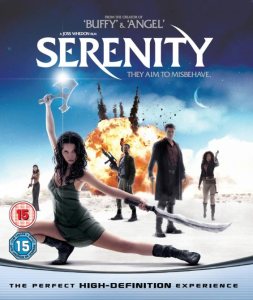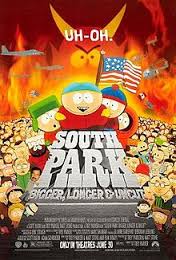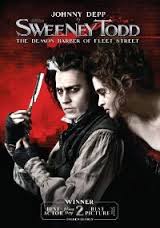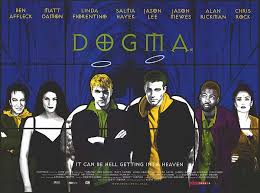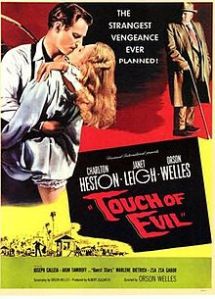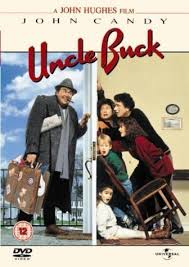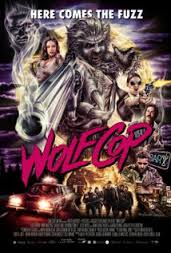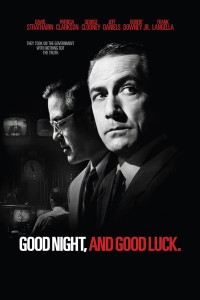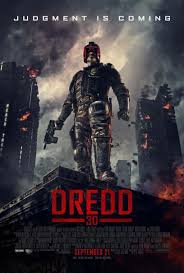 Dredd 3D
Dredd 3D
There is an essay to be written in how not to market and distribute a film with Dredd 3D as the central case-study but this isn’t the place. Here let us run through the basics:
Firstly, there’s the title: Adding 3D to the end of a film title promotes negative images of lousy low budget horror films or straight-to-DVD-Bait (see Piranha 3D, My Bloody Valentine 3D, Shark Night 3D) and 3D simply isn’t the preferred viewing choice for a sizeable portion of viewers: to name but a few concerns there is the raft of films that have been shot in 2D and then had short and sometimes shoddy 3D sequences tacked on afterwards, complaints about extra cost, the headaches some people experience while watching 3D films and the wearing of those silly glasses. To compound the error in the film’s title, 3D was the only available way to experience Dredd in most cinemas as the 2D print only received a very limited release.
The trailers were forgettable and probably only registered with fans of the comic who would have been going anyway. To the typical cinemagoer Dredd 3D looked like a run-of-the-mill action film at best and the posters did nothing to alleviate that fear. Nothing was done to make Dredd 3D stand out in any way at all from any other forgettable ten-a-penny action flick.
Meanwhile in America, where Judge Dredd isn’t so well known of a comic character not enough was done in America to distinguish this update from the wretched Sylvester Stallone train-wreck of 1994. Audiences state-side simply saw a remake of a film they never wanted to see again; not that this was a wholly different (and much more comic-accurate) interpretation of a British pop-culture character.
In short, Dredd 3D was hamstrung and placed in a no-win situation before it even got started. The film under-performed at the international box office despite critical praise and a strong word-of mouth following from those who actually saw it.
Writer Alex Garland (writer of 28 Days Later and Sunshine and writer/director of Ex Machina) planned Dredd 3D as the first of a trilogy and as such gives it a simple plot with the intention of expanding the scope of the series in the sequels: A crime villain, Ma-Ma (Game of Thrones star Lena Headey) controls the 200 storey Peach Trees tower-block. When she has three rivals killed, Dredd and rookie psychic Cassandra Anderson (Olivia Thirlby) go in to investigate. Ma-Ma has Peach Trees locked down, leaving the Judge’s no choice but to fight to the top of the tower and take Ma-Ma out.
The story shares many a similarity with Indonesian martial arts runaway success The Raid (a innocent by-product of both films being developed more-or-less simultaneously at different sides of the planet; but again an issue not helped by the marketing campaign) but while The Raid’s police men took down bad-guys with furiously high-octane martial arts, Dredd takes down his perps with a gun and a lot of ammo. It is possible that the mega violence put off some potential viewers and Dredd 3D is certainly mega violent but it is also visually quite beautifully striking in places. Ma-Ma’s gang sells Slo-Mo a drug which allows its users to perceive time as running 1% normal speed and these sequences are particularly eye-catching.
Karl Urban is a perfect Dredd (and one that correctly doesn’t remove his helmet) it’s hard to imagine any other actor being able to draw you into a performance of such a two dimensional emotionless, almost robotic character when you only ever see his chin; Thirlby, Headey and The Wire‘s Wood Harris all deliver in their roles as does a just-before-he-made-it-big Domnhall Gleeson as Ma-Ma’s victimised technical wizard.
The second film would have been on a much bigger scale: the famous Cursed Earth story-line, once held as one of comic Dredd’s finest arcs. It’s a shame the poor promotion of Dredd 3D killed off the franchise before it ever got started – although like many previous ‘cult’ hits it has sold well on DVD and Blu-Ray, keeping hope of a sequel, however slim, tantalisingly alive.
Even if this is all there is (and it almost certainly is all there is), Dredd 3D delivers on grim, brutal dystopian yet stylish action in a way we haven’t seen since the eighties.

